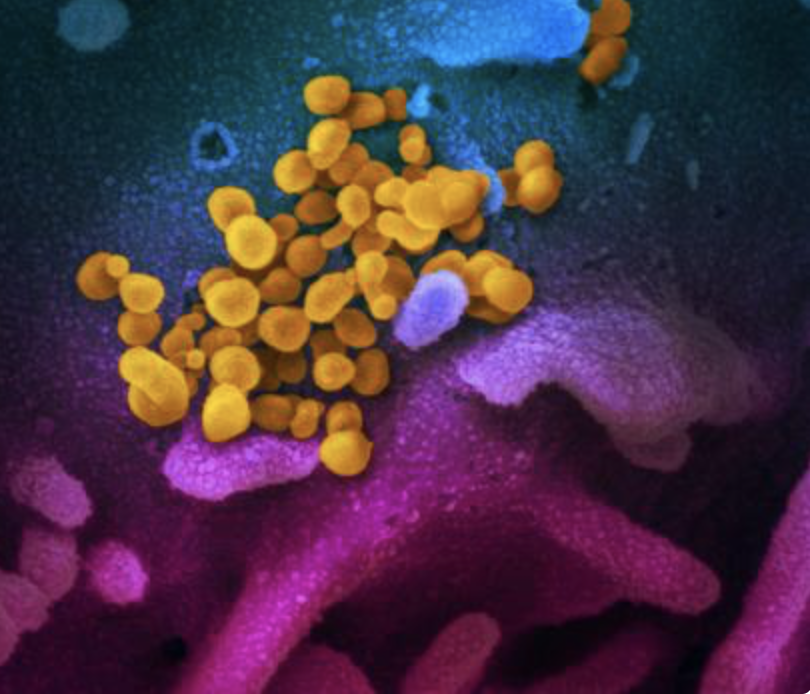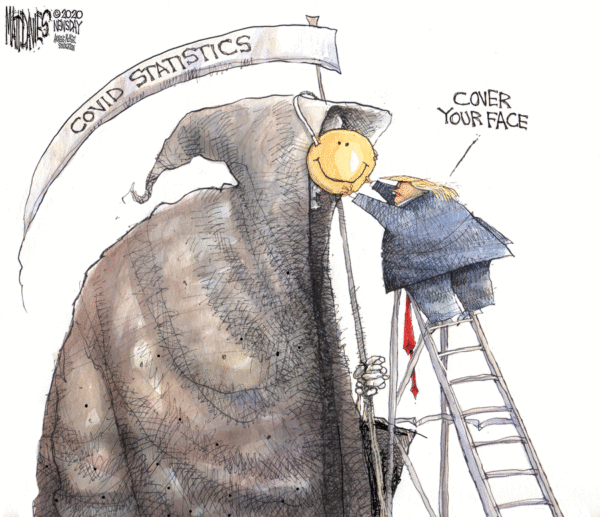Trump: The economy next year will be fantastic, though "nothing can ever happen" that will replace your loved one if you lost somebody, but from "purely an economic standpoint," it's going to be one of the best years ever.
— Daniel Dale (@ddale8) May 5, 2020
Follow @Reuters liveblog for the latest developments around the coronavirus outbreak https://t.co/cEBwkoEQ5P pic.twitter.com/RiQwge0joW
— Reuters (@Reuters) May 6, 2020
CDC reports 1,171,510 coronavirus cases, 68,279 deaths https://t.co/kL8ZBKt44I pic.twitter.com/oBUBkQoqjt
— Reuters (@Reuters) May 6, 2020
According to these projections:
Now: 1,750 deaths per day.
June 1: 3,000 deaths per day.Now: 25,000 new cases per day.
June 1: 200,000 new cases per day. https://t.co/bL7E8wv7t9— Sarah Kerr (@sskerrr) May 4, 2020
Take the New York metropolitan area out of the equation and coronavirus infection numbers in the rest of the U.S. are rising even as states move to lift their lockdowns, an AP analysis finds. https://t.co/Q9Xb9eD4cd
— The Associated Press (@AP) May 5, 2020
We are still at over 1000 deaths per day with total new cases growing by 2-4 percent nationally. There is a big gap between the reality of a pandemic still raging and the rhetoric from the White House and a lot of other political leaders that the worst is behind us.
— Ryan Lizza (@RyanLizza) May 5, 2020
Rick Bright, the ousted health official responsible for developing drugs to fight the coronavirus pandemic, filed a whistleblower’s complaint accusing the Trump administration of retaliating when he raised concerns https://t.co/JiED1hKYcq pic.twitter.com/wAsNL4n8Tv
— Reuters (@Reuters) May 6, 2020
An @AP analysis shows that some of the least-populated states with relatively few coronavirus cases received an out-sized proportion of the $150 billion in federal money that was designed to address virus-related expenses. https://t.co/EKjDwwjqQw
— The Associated Press (@AP) May 5, 2020
“There is no question about the disparities this virus highlights. I didn’t see one Caucasian patient all night.” https://t.co/t7YhdR8xhg
— carolynryan (@carolynryan) May 5, 2020
COVID-19 arrived in poor counties in rural Georgia already suffering from extraordinary inequality that left them sicker and more vulnerable to the virus. “It’s like our worst nightmare coming true,” an epidemiologist said. https://t.co/wNmstZ0xk5
— AP South U.S. Region (@APSouthRegion) May 6, 2020
COVID-19 Coronavirus Update – Tuesday / Wednesday, May 5-6Post + Comments (29)


